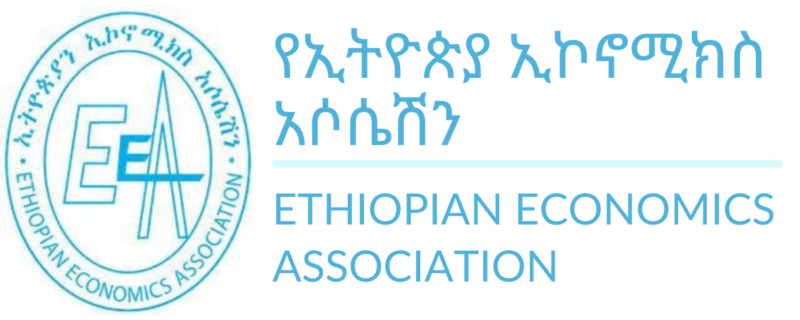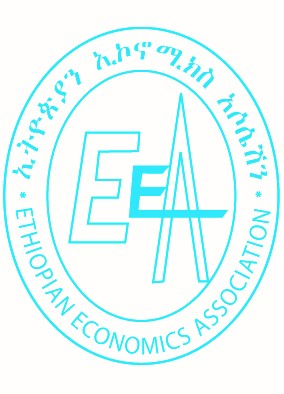Abstract
Despite the fact that the global gender gap in labor force participation has been decreasing over the past 30 years, male-sided gender disparity is still persistent in various economic activities. The objective of this study was to investigate the determinants of female labor force participation and the wage gap in urban Ethiopia. Employing urban employment and unemployment survey (2018) data, which was collected by the Ethiopian Statistical Service, descriptive statistics, Heckman selection model, and the Blinder-Oaxaca decomposition methods were used to address the objectives of the study. The descriptive result confirms that females have lower overall participation in wage employment, and those who participate tend to concentrate in clerical and support services, sales, and elementary occupations. The Heckman Selection model result indicated that, compared to males, females’ participation in wage employment is lower by 32.4%. Females’ participation in wage employment is positively and significantly associated with the age of individuals, training, head of household, and education of individuals, while it is negatively and significantly affected by age square and marital status. A positive effect of age and a negative effect of age square for the labor market participation revealed that as working individuals get older, the effect of age is lessoned. Furthermore, the wage of female individuals is significantly affected by their age, training, education, sector of the economy, and skill. The findings of the Blinder-Oaxaca decomposition analysis revealed that the mean wage (natural logarithm) is 7.753 for males and 7.425 for females, which amounts to a difference of 32.8%. The result also revealed that the wage gap between males and females is estimated to be 32.8%, where 16.1% of the wage gap is explained by an effect and 24.5% is unexplained or gender discrimination. The implication of the result is that adjusting female endowment levels to male levels would increase female wages by 16.1%. The explained part of the wage gap is accounted for by differences in age, which is a proxy variable for experience, education, training, and sector of the economy, while the unexplained part of the wage gap is accounted for by differences in age square, education, training, skill, and sector of the economy. In order to minimize gender differences in labor market participation and earnings, the government should place special emphasis on those gender-sensitive policy variables such as education availability, access to finance, training, and working conditions.
Keywords: Keywords: Gender gap; Labor force; Wage gap; Employment; Ethiopia


